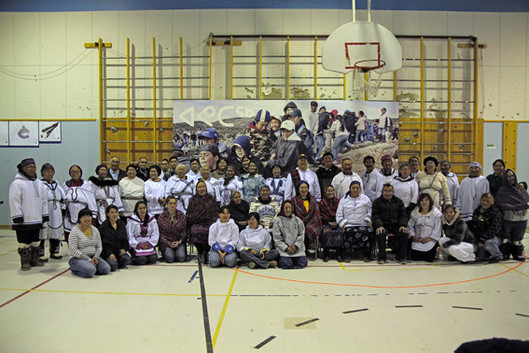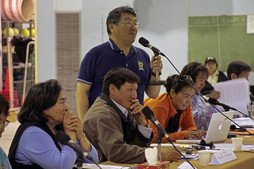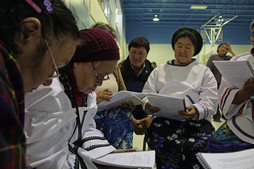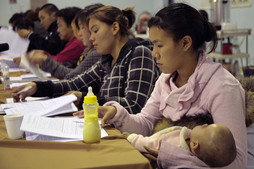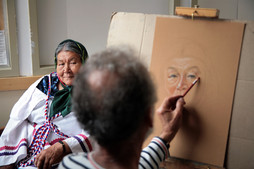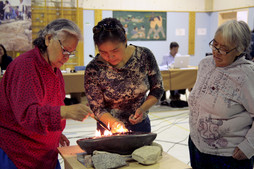Elders’ Conferences
Since its inception, Avataq Cultural Institute has recognized the vital role that Elders play in Inuit society.
In fact, Avataq was the driving force behind the very first Nunavik Inuit Elders’ Conference held in 1981 in Kangirsuk.
During these early years, Elders’ conferences were organized annually, but since 1988 they have been held every other year. The biennial event provides an opportunity for Inuit Elders to express their concerns, hopes and fears in relation to the preservation of Inuit culture, language and heritage.
In Inuit culture, Elders are the custodians of time-honoured wisdom and knowledge. Since the arrival of Qallunaat (non-Inuit) in the North, beginning in the second half of the 19th century, the role of Elders in both community and family structures has declined considerably. Notwithstanding, Inuit Elders remain pivotal to the transmission of traditional knowledge to future generations.
The programs and activities of Avataq Cultural Institute have all been developed further to decisions taken at Nunavik Inuit Elders’ Conferences.
Pursuant to its mandate received during Nunavik Inuit Elders’ Conferences, the objectives of the Avataq Cultural Institute are to:
- Support, protect and defend Inuit culture;
- Organize on a regular basis Nunavik Inuit Elders’ Conferences;
- Protect and promote the Inuktitut language through the creation of an Inuit Language Commission made up of Elders and other experts;
- Establish in the communities of Nunavik museums and cultural centres, as well as libraries and documentation centres devoted to Inuit culture;
- Promote Inuit cultural identity through books, films, audio and video recordings, traditional Inuit games competitions, exchanges with other Inuit groups, as well as any other means that fosters the development of literature, libraries, music and theatre;
- Identify, study and protect Inuit archaeological and burial sites;
- Promote official recognition of Inuit place names;
- Protect traditional Inuit knowledge and develop teaching material on Inuit heritage and survival skills;
- Rapatriate Inuit cultural items in order to make them accessible to the residents of Nunavik;
- Develop and implement a social, economic and cultural research policy regarding the Nunavimmiut (Inuit of Nunavik).
EXPLORE
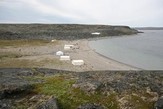
2007-2008: International Polar Year (IPY):
In the summer of 2007, a team with about 20 members participated in an archaeological dig at a site on Drayton Island (IbGk-3) and in a brief archaeological survey of the region. The work was part of the archaeology department’s activities for International Polar Year (IPY).
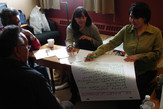
Terminology workshops
These workshops are primarily intended to develop new terminology and revive old words through discussions among resource people (elders from the three coasts) and a group of translators and interpreters. The most recent terminology workshop was held in Kangirsualujjuaq in April 2006.

